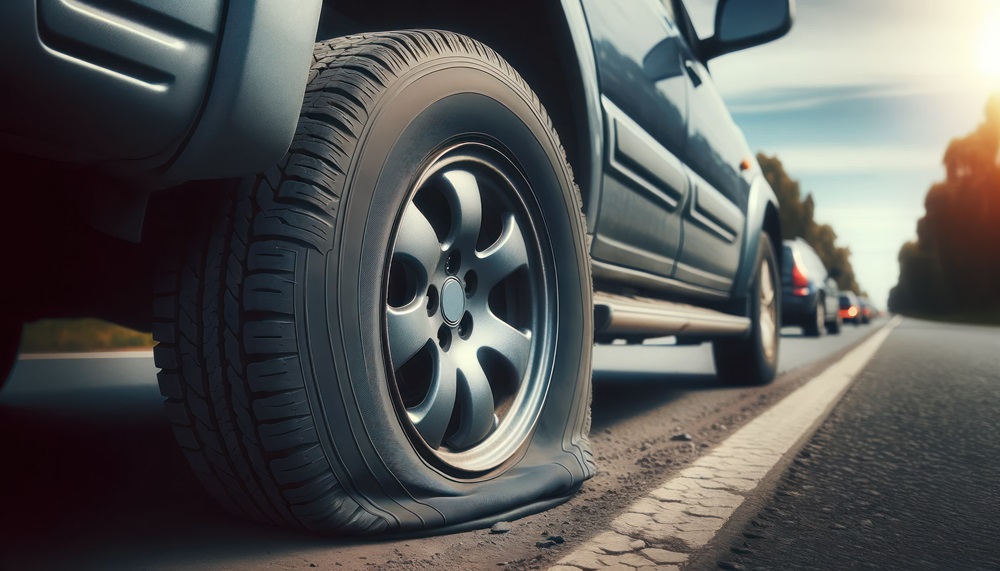Experiencing a flat tire on a busy highway can be a nerve-wracking and potentially dangerous situation. Whether you’re a seasoned driver or a newcomer on the road, knowing how to handle this emergency can make a significant difference in your safety and the safety of others. In this blog, we’ll provide you with a step-by-step guide on what to do when you find yourself with a flat tire amidst fast-moving traffic, ensuring that you can manage the situation efficiently and confidently. From finding a safe spot to understanding the tools you’ll need, we’ve got you covered.

Call In The Pros
While changing a tire is a useful skill, sometimes the best course of action is to call in professional help, especially if you’re on a busy highway. Roadside assistance services can safely and efficiently handle the situation, ensuring that you and your vehicle are taken care of without unnecessary risk. A local Flat Tire Service is also an option, especially if you have a spare tire but are not confident in your ability to change it yourself. Remember, safety should always be your top priority when dealing with a flat tire on a busy highway.
Slow Down and Signal
Once you realize you have a flat tire, the first step is to remain calm and gradually reduce your speed. Avoid slamming on the brakes as this can cause you to lose control of the vehicle. Instead, gently ease off the accelerator and allow the vehicle to slow down naturally. As you’re doing this, it’s crucial to signal your intentions to other drivers by turning on your hazard lights. This will alert them to your predicament and encourage them to give you more space. Safely changing lanes towards the shoulder of the highway, if applicable, should be done smoothly and deliberately.

Find a Safe Spot
Once you’ve signaled your intentions and started to slow down, your next goal is to find a safe spot to pull over. Look for an area that is as far away from the flow of traffic as possible. Ideally, you should aim for a wide shoulder, an emergency lane, or even an off-ramp if one is nearby. Avoid stopping on narrow shoulders or blind curves where approaching drivers may not see you until the last moment. If you happen to be near an exit, it might be safer to take it and find a parking lot or less busy street to address your flat tire. Your safety and visibility are paramount, so always choose the most secure option available. Once you have found a suitable location, bring your vehicle to a complete stop, engage the parking brake, and turn off the engine.
Removing the Flat Tire
After ensuring your vehicle is safely parked and the hazard lights are on, you can begin the process of removing the flat tire. Start by retrieving your vehicle’s jack, lug wrench, and spare tire from the trunk. Place the jack under the vehicle frame next to the flat tire and ensure it is positioned correctly for safe lifting. Begin to jack up the car until the flat tire is about six inches off the ground.
Once the vehicle is lifted, use the lug wrench to loosen and remove the lug nuts by turning them counterclockwise. It’s important to loosen the lug nuts before raising the vehicle completely. With the lug nuts removed, carefully pull the flat tire off the hub and place it to the side. You’re now ready to install the spare tire or wait for professional assistance, depending on your preference and the tools available.
Experiencing a flat tire on a busy highway can be stressful and dangerous, but knowing how to handle the situation can make all the difference. Always prioritize your safety and that of others by signaling, finding a safe spot, and using proper tools to remove the flat tire. If you’re not comfortable changing a tire yourself, don’t hesitate to call in professional help. With these tips in mind, you’ll be prepared to handle this emergency with confidence and stay safe on the road.






